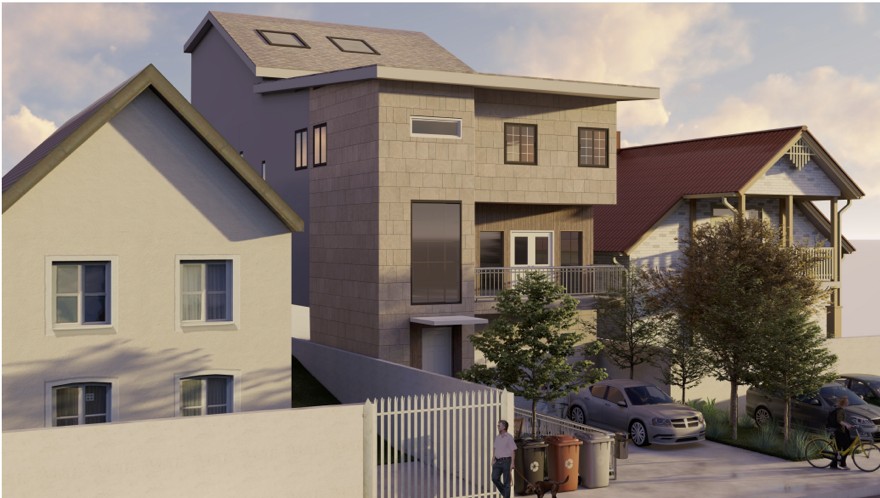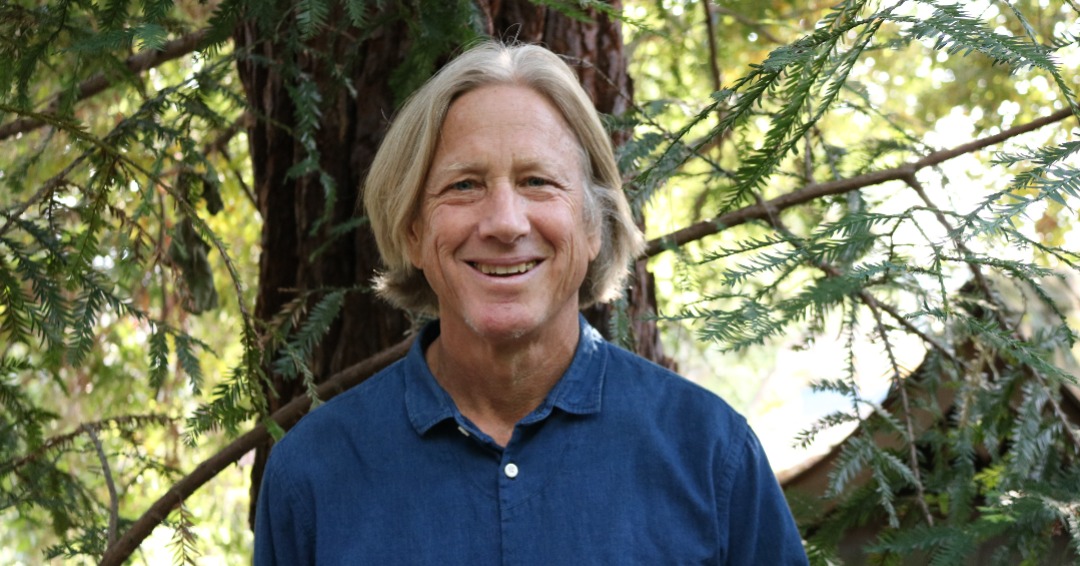What do office buildings, hospitals, schools, fire and police stations have in common? They are built with noncombustible construction methods that ensure safety and long-lasting structural integrity, especially within California’s fire hazard zones.
Early this year, fire loss events in the Pacific Palisades and Altadena left more than 16,000 structures destroyed and more than $30 billion in damages, along with a number of lost lives and injuries.
As residential structures are rebuilt, Khatri International, a boutique firm founded by 42-year structural and professional engineer Dilip Khatri, PhD, urges people to consider reconstruction options that minimize future fire threats, reduce insurance risk, and extend the lifespan of buildings, people and property.
In the United States, Khatri found that 70% of floor space and 94% of residential space in homes are built with combustible wood materials, also known as “light frame construction,” which are the most vulnerable to fire and natural elements — this method poses a serious risk to humans dwelling in fire-prone areas.
Khatri specializes in structural engineering and architectural engineering, as well as construction management on residential and commercial buildings and has developed residential building prototypes that mimic the structural integrity of schools, hospitals and fire stations: fire resistant.
Using reinforced masonry or concrete perimeter walls and structural interior walls and post-tensioned pre-fabricated diaphragm floors enclosed under steel trusses and metal roofs with fire retardant, or concrete tile roofs, Khatri said these are the best choices for fire protection in California.
Concrete builds are noncombustible and simultaneously eliminates termite infestation and dry rotted wood. Additionally, masonry or concrete provides excellent earthquake, wind, hurricane and other forms of weather events resistance.
“This is a tried and tested process, which dates back to Thomas Edison in the early 1900s. He built the very first version of this in 1908, a slightly different version than ours, but it’s the same principle. We’re promoting this idea to create a more fire-safe environment and build with a better-quality product,” Khatri said.
RECONSTRUCTION PROCESS
For homeowners interested in rebuilding with fire-resistant materials such as masonry and concrete, Khatri has outlined three phases of the reconstruction process that his clients find simple and effective.
First and foremost, Khatri evaluates claims and prepares preliminary plans with specifications for homeowners, in addition to evaluation and review with a public adjuster and insurance carrier. Next, Khatri prepares the new homes’ reconstruction design plans for the permit process. During the final phase, Khatri begins construction, which includes a qualified, insured contractor, managed by a construction manager.
“We’re the only country that builds 70% of our homes with wood frame construction. How valuable is your home, compared to your office? Where would you want to be when a major earthquake or fire occurs? Your home is your livelihood, your equity and retirement. You don’t want the most dangerous place to go to be your home,” Khatri said. “The idea is to rebuild with materials that don’t burn — to eliminate or reduce the risk of potential fire in the future. The idea is to rebuild your home as a safe haven, something that will last decades beyond conventional framing.”
To reach Dilip Khatri, email dkhatri@aol.com or call 626-351-4830.













